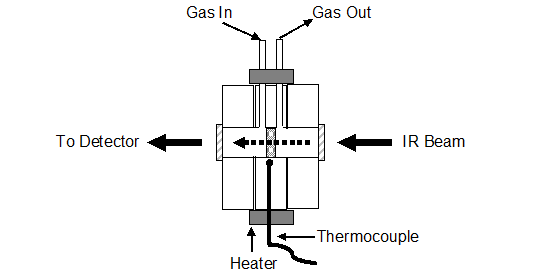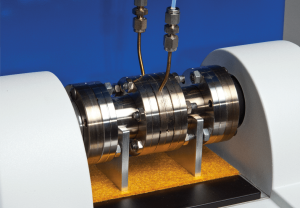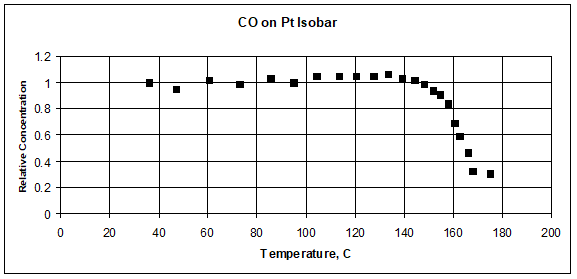The AMI-300 is fully automated and computer-controlled for ease of operation and reliability. It is designed so that experiments can be run on an unattended basis. This PC, supplied with a Windows based operating system, can be networked and is capable of managing other laboratory tasks in addition to operation of the instrument. The control and data acquisition functions are performed by LabVIEW applications software. Using this software, a complete experiment can be set-up in minutes, and it can be saved for future use or modification. The control portion of the software controls and regulates all valve positions, temperatures, flow rates, and detector parameters. The software also allows for the use of an alarm matrix. Data acquisition occurs at a selected rate for optimum performance. An “Overview” screen shows the status of the unit at a glance, providing information on the position of all valves, type of gas connected to each port, temperatures, and detector signal. Lines change color to illustrate the current flow path. In manual mode any valve can be switched just by a click of the mouse on its icon. Gas flow and temperature setpoints can be entered from this screen.The most sophisticated data handling package in the industry is included which allows the user to display and integrate signal peaks, calculate chemisorptive parameters, peak fit, and overlay data.








